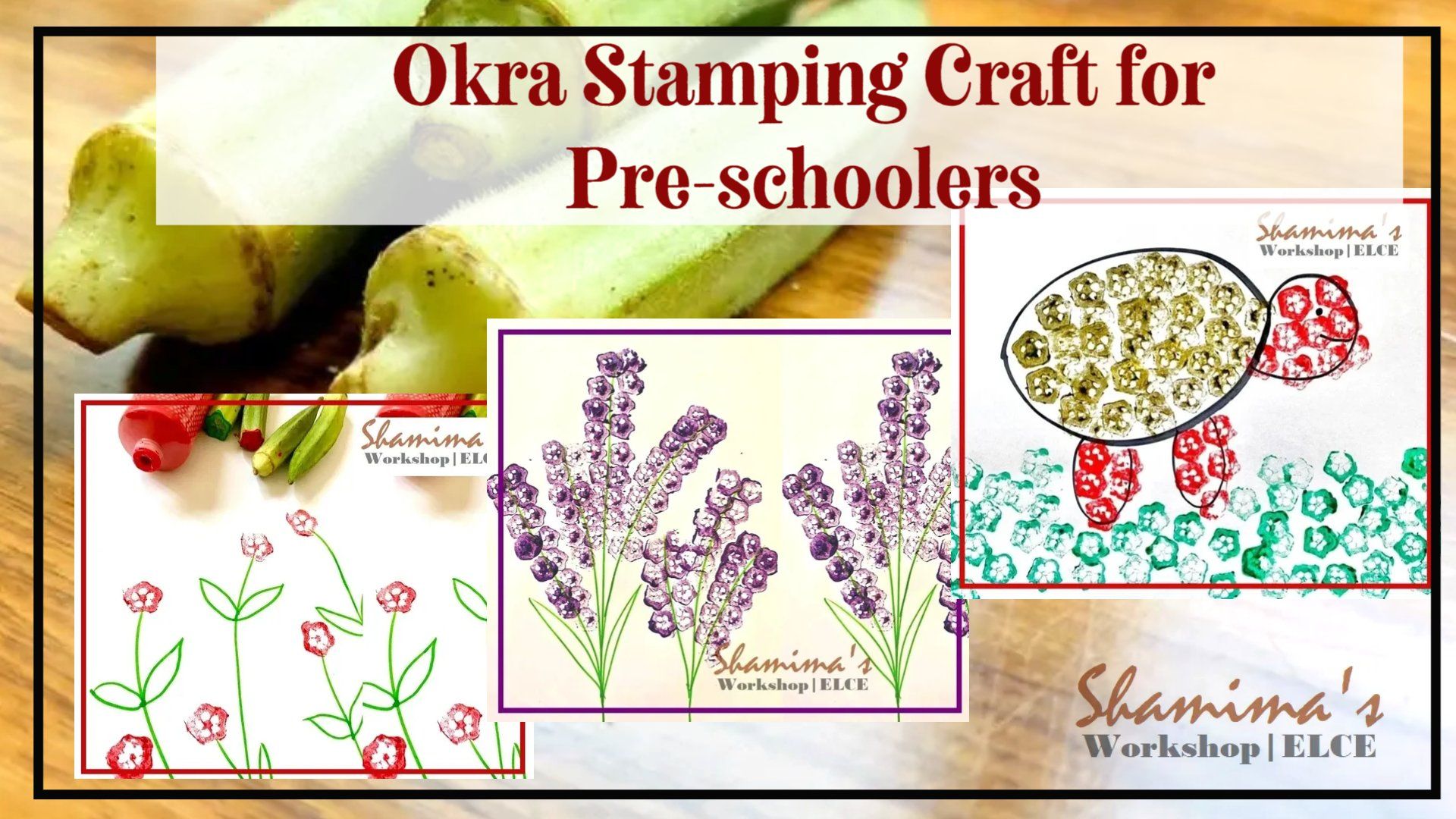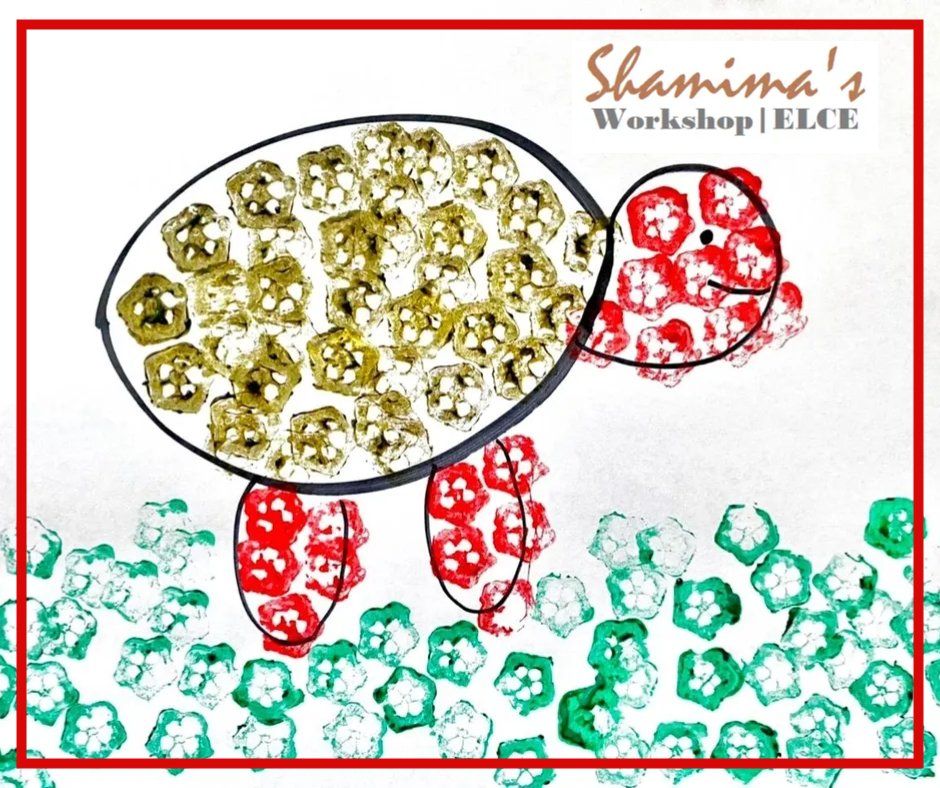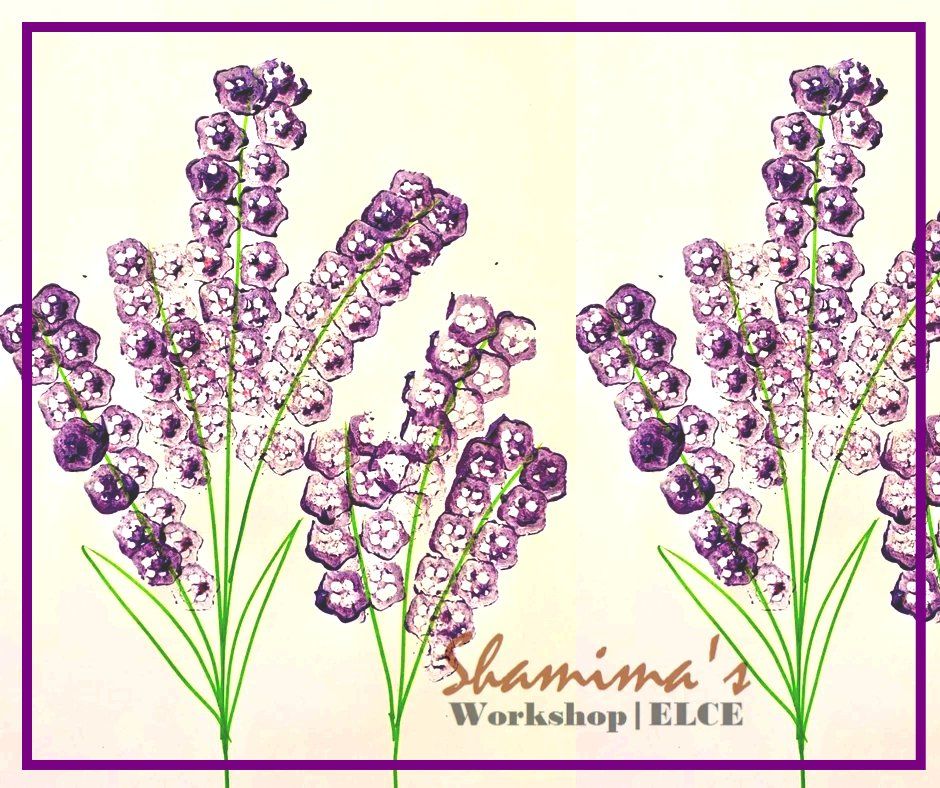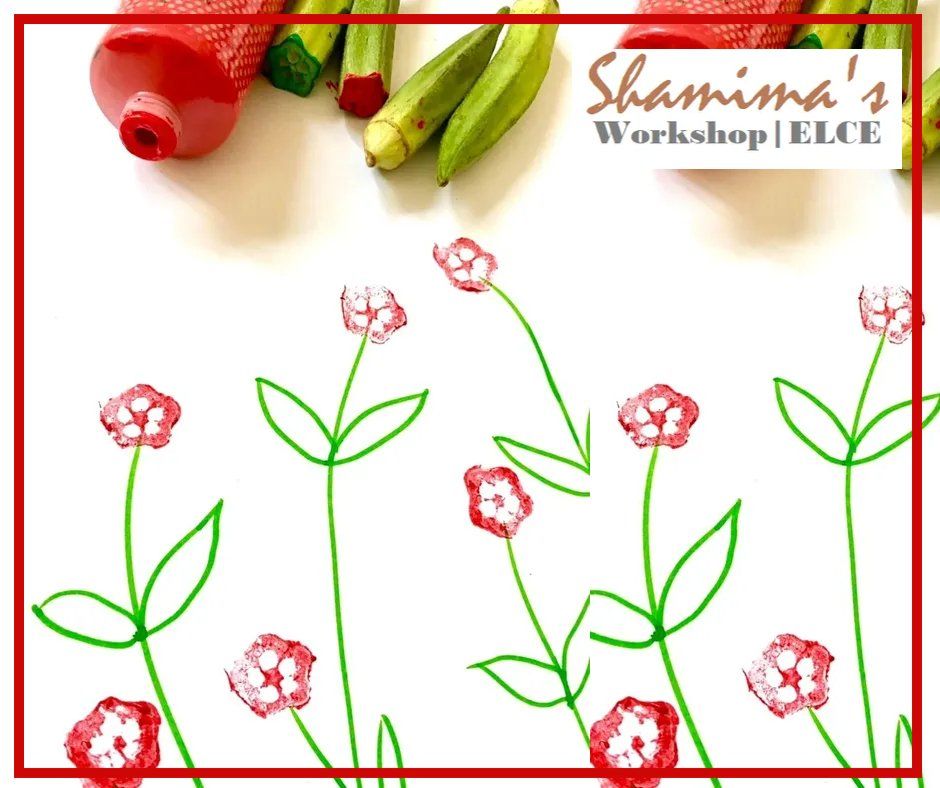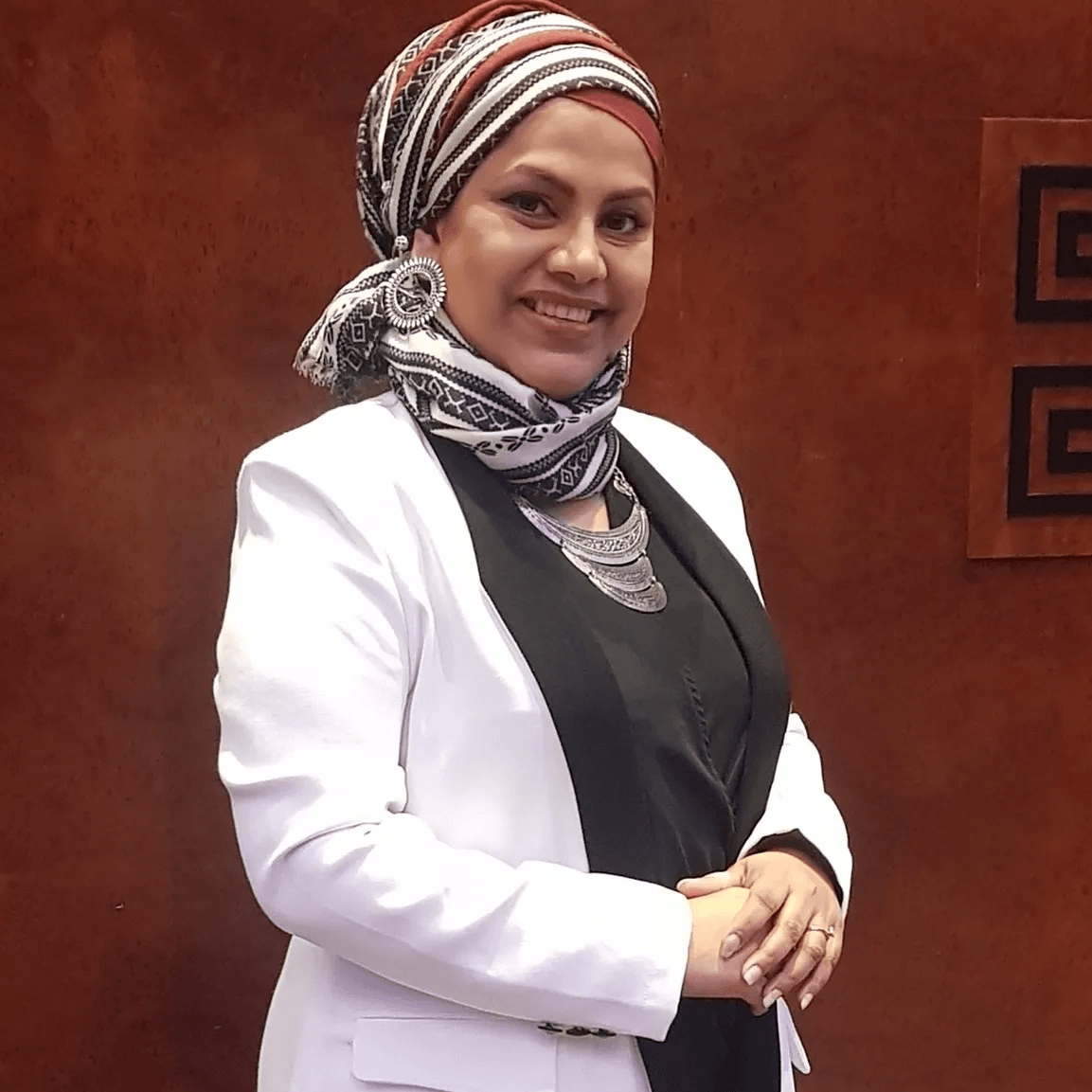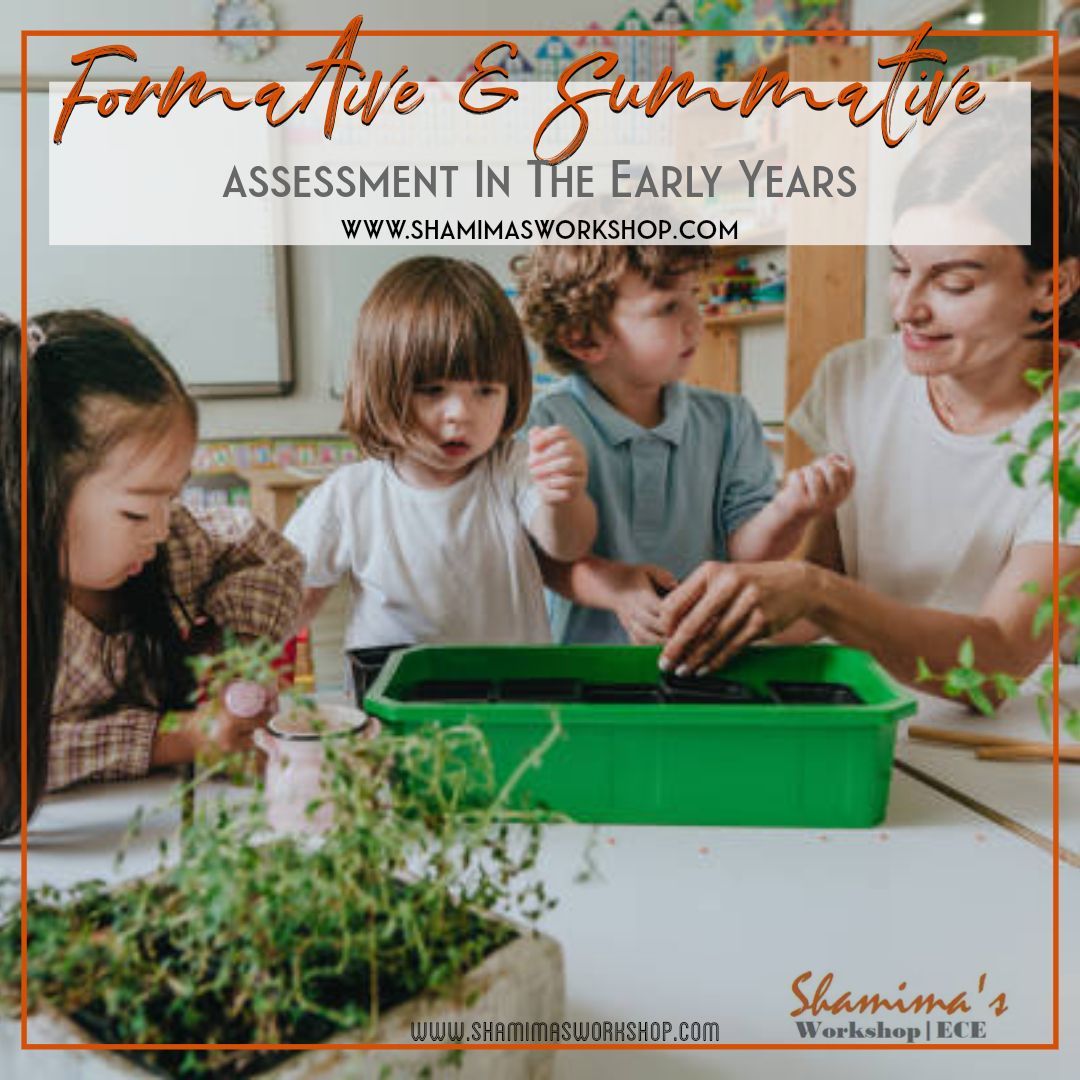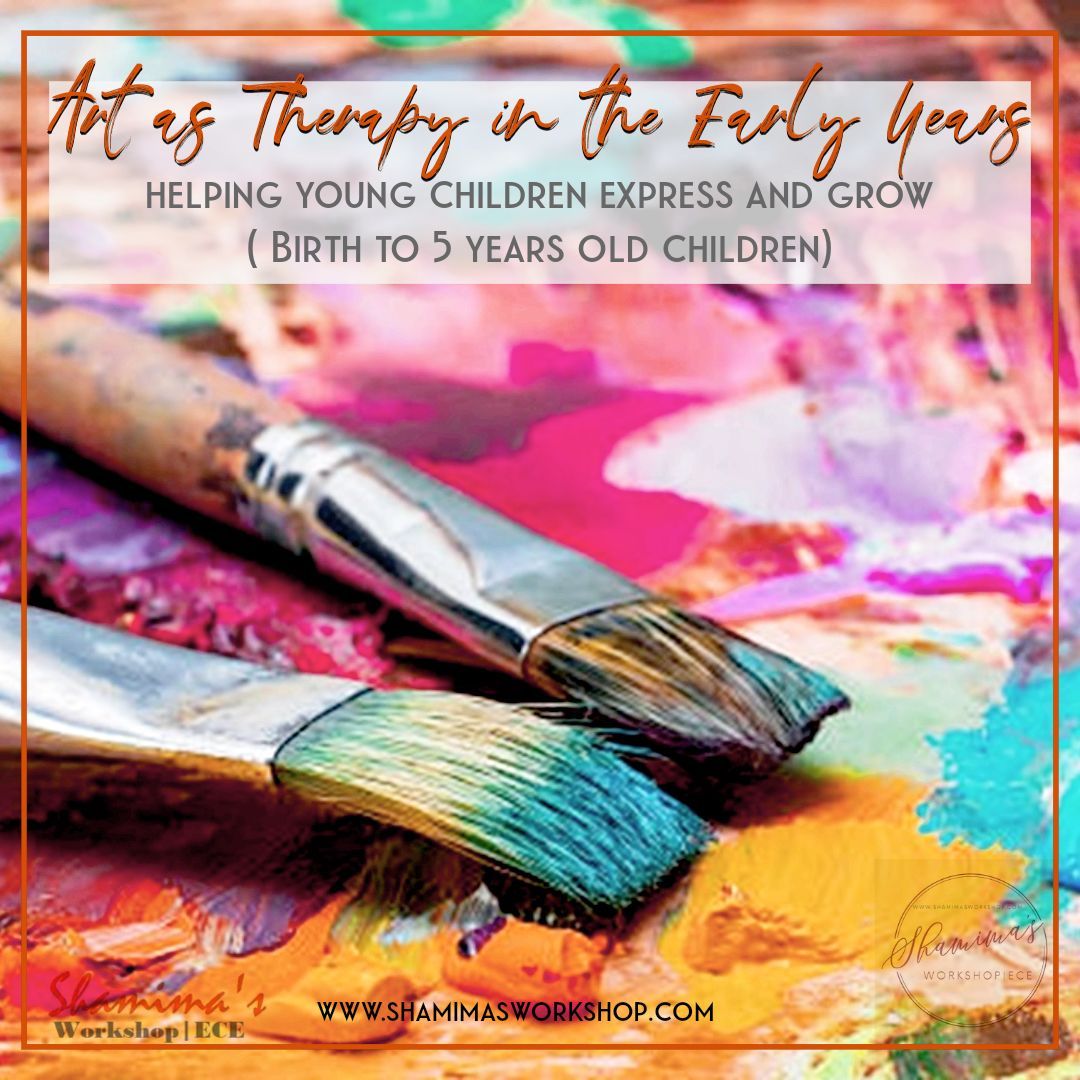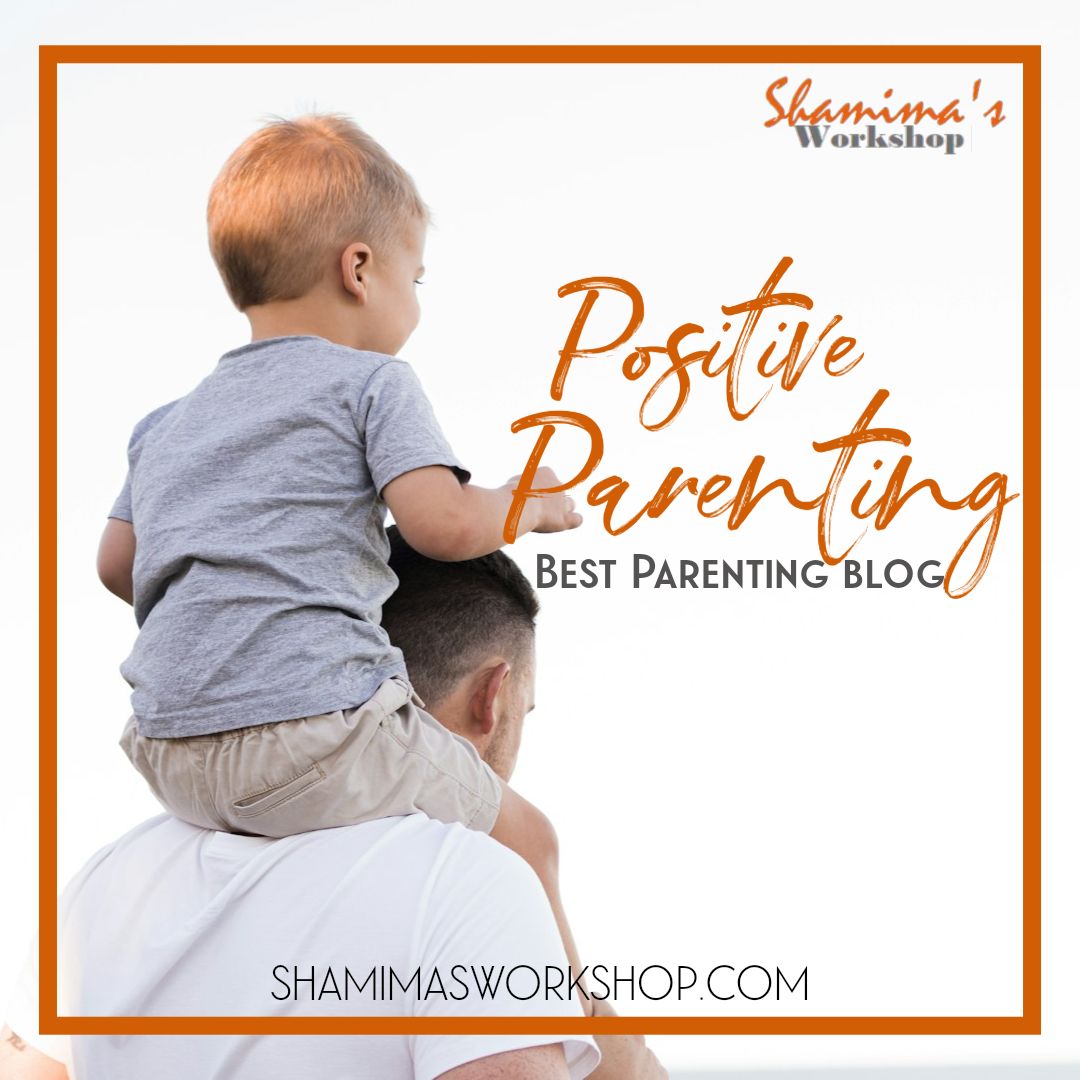Okra is a funny shaped vegetable – often called Lady Finger. Okra stamping activity is perfect flower printing idea. I think children will love this stamping/printing activity as it allows them to do something in a completely free fashion.
Appropriate age:
Toddlers (2-3 years)/ Pre-schoolers (3-4 years)
Number of children: Individual activity
Play based learning:
Creative play
Learning areas:
Cognitive Development, physical development (fine motor skills), Language Development
Vocabulary:
okra, cutting, stamping, flower
Materials Needed:
- Okra
- Nontoxic and washable poster paint( for printing on paper)
- Palette or small plates
- Knife and chopping board
- Construction paper
Direction of Activity:
- Okra- you can get these at any good supermarket or Asian food store. To avoid wasting food, we can use okra that is past its edible stage- over mature okra are too tough for anyone’s liking.
- Let the children cut a 1-inch long slice off the top or crown of one okra to make first okra stamp. On the sliced side of the okra slice, look for the 5-petaled flower design.
- Cut the remaining okra into 1-inch long pieces to make additional stamps. You may prevent wasting food by stamping with only the top portion near the crown. Dinner may be made with the remaining okra.
- Squeeze out few various colours of poster paint onto the palette. Supervise the child to dip in the okra stamp into any colour paint they like and press the okra stamp onto the paper. Lift the okra stamp up, child could see a very pretty flower-shaped created.
Health and safety:
We have to deal with health and safety risks in relation to craft activity. Unsafe painting material may cause inhalation risk and allergic reaction on children’s skin. Edible toxic free painting colour always safer for young children.
Small pieces of okra can be a choking hazard. Pre-schoolers may put small pieces of okra inside their mouth during stamping on paper. Using long okra instead of cut it short so young children not easy to get choking.
Sharp object like knife can cause injuries. When cutting okra pre-schooler may get injury. Use plastic kitchen knife for children to cut the top of okra instead of real knife for learning chopping skill.
Adult role:
Provide edible toxic free painting for young children. Supervise the young children closely when pre-schooler/ toddlers learning new skill like chopping things with shape object.
Learning benefits:
Stamping art helps young toddlers to develop gross and fine motor skills. Grasp and holding art material help them to practice hand-eye coordination and bilateral skill. Young children learn about new things like using vegetable to create a creative art work.
Here some examples of okra stamping. Toddler and Pre-schoolers will enjoy these craft activity.
Create some beautiful Spring art work by printing flower shapes with okra. I think children will love this stamping/printing activity as it allows them to do something in a completely free fashion.
Okra stamping turtle craft- I think children will love this stamping/printing activity as it allows them to do something in a completely free fashion.
Okra stamping flower craft- I think children will love this stamping/printing activity as it allows them to do something in a completely free fashion.
Do try it out and let me know how it went. If you like, do share the pictures of the finished card on social media and tag me. I would love to see your masterpieces.
